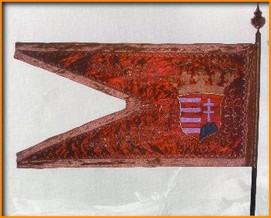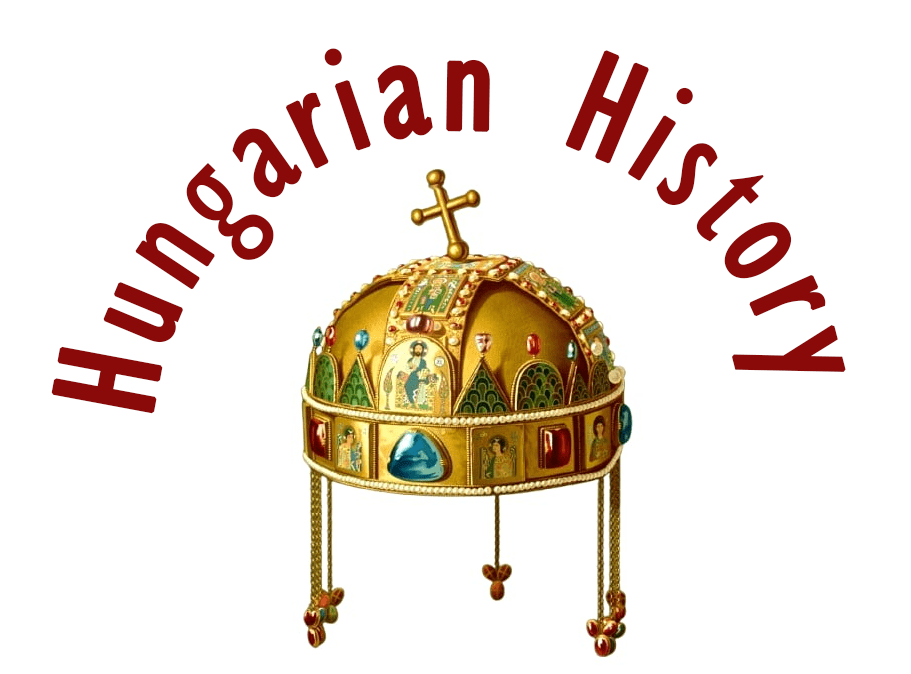
Savnik (Spišský Štiavnik, Schawnik, Schafing) is a village in Slovakia, in the Eperjes/Poprad District of the Poprád Region, but it was part of the Kingdom of Hungary. A Benedictine monastery stood on this site as early as the 10th century, and the settlement developed around it. In 1223, the Benedictines were succeeded by the Cistercians, who built their abbey next to the village.
Location of Savnik on my map: https://tinyurl.com/mwme6762

The first mention of Savnik dates back to 1238, when it was mentioned in a document issued by King Béla IV (castrum de Savnik). There are no further references to this fortress. Around 1223, Prince Kálmán, the younger son of King András II, or, according to more recent research, Dénes, son of Apod, founded a Cistercian abbey near Savnik, which is referred to in documents as the Abbey of Szepes (de Spys, de Syps, de Cyps, de Scips, de Scepus, de Scypus, Scepusiensis, etc.).

The monastery was probably damaged during the Mongol invasion and destroyed by fire in 1260. Its lost letters of privilege were replaced by King Béla IV in 1260. In 1346, the abbey litigated unsuccessfully for the nearby Marcellvár castle. In 1433 and/or 1436, invading Bohemian Hussites occupied and plundered the monastery.

After Mohács, the town of Lőcse became pro-Ferdinand, while the abbot of Savnik generally supported King Szapolyai János, but also swore allegiance to Ferdinand. According to the entries in the Lőcse Chronicle, the abbots of Savnik also took part in the armed conflict. The monastery was also fortified to some extent. In 1530, it was plundered by the notorious robber baron of Murány, Basó Mátyás, and in 1532, the Serédy hussars set out from Lőcse, destroyed the Savnik Abbey, and plundered its estates.

Savnik was captured in 1539 by Lasky Jeromos on behalf of King Szapolyai János. He began to demolish the building, which had been severely damaged in the civil war. The last abbot died in Savnik in 1542. Although King Ferdinand I appointed Blasius Literatus to replace him, Lasky’s captain of Késmárk, who had occupied the monastery, prevented him from taking up his post.

Késmárk and Savnik were inherited by Albert, son of Lasky Jeromos. He pledged them to Rueber János, captain-general of Upper Hungary, for 42,000 forints before 1577. In 1579, Rueber mortgaged Késmárk and Savnik to Thököly Sebestyén, also for 42,000 forints. When Lasky found out about this, he almost drew his sword on Thököly.

Finally, they agreed that Thököly would pay Lasky 18,000 florins, and if Lasky did not repay the entire sum, 18,000 + 42,000 florins, within three years, Késmárk, Savnik, and their associated properties would become Thököly’s property in perpetuity. Rueber then seized Késmárk by force, excluding Thököly from the castle, who temporarily settled in Savnik. Finally, Thököly also agreed with Rueber, and Késmárk and Savnik became Thököly’s property, and the family took the surname Késmárki.

The fortified palace
In Savnik, the son of Thököly Sebestyén, Thököly Imre, built the late Renaissance castle using stones from the Cistercian monastery (the remains of the abbey were still visible in 1870, about 200 meters from the castle). Construction was completed in 1619, according to the marble plaque bearing the coat of arms: “Anno Salutis 1619. – Domum hanc a fundamentis erectam – Perfici curavit – Stephanus Theököly de Kesmark”. The castle chapel of Thököly Zsigmond’s castle in Savnik was consecrated in 1669.

The Thököly family was also involved in the Wesselényi Conspiracy, so on August 3, 1673, the Royal Chamber seized the property of Thököly Zsigmond and István in Késmárk and Savnik. At that time, the Savnik castle was described as quite comfortable (“Castrum satis commodum”). At that time, the castle had four bastions, a tower, and a small and a large palace. In 1676, the former provost of the Szepes Chapter and bishop of Várad, Bársony György, leased Savnik from the Chamber. In 1678, Baron Giovanelli administered the confiscated Thököly estates.

On July 6, 1678, the Kuruc troops raiding in Szepesség captured the fortress of Savnik and settled there (“den 6 July 1678 haben die Curotzen das Castell Schavnik occupiret.”).

It did not remain in the hands of the Kuruc troops for long. “On July 8, Lieutenant Colonel Count Götz arrived in the town [Lőcse] with 500 cavalrymen, dragoons, and Croats. At midnight, he set out with all his men and a small cannon to attack Savnik, but the Kurucs defended themselves fiercely, so he returned at noon without having accomplished anything. But at 4 p.m., they set out again, taking with them one large cannon and two small ones, along with ammunition, axes, pickaxes, barrels, the 100 infantrymen who were in the city, and 100 dragoons from Késmárk. The Kurucs soon learned of this and fled, leaving the fort empty, so at night they all returned to the city and left a sergeant and a few soldiers to guard the fort.”

On August 3, the German guard left Savnik because the Kurucs were approaching with greater forces. On September 15, Major Lamb of the Strassoldo Regiment occupied Lőcse with 900 men, and a German guard of 300 men was also sent to Savnik. At the end of October, 100 men from the Savnik garrison were sent to Lőcse. At the end of 1678, it was once again in the hands of the Kurucs and remained so until the fall of Thököly Imre. After 1685, it was once again administered by the Chamber of Szepes.

In 1689, Archbishop Szelepcsényi György purchased the entire Savnik Abbey for 60,000 forints to hand it over to the Jesuits. In 1695, a census described it as dilapidated, and in 1699, it was owned by the Jesuits.

Savnik fell into the hands of the Kurucs in the autumn of 1703. Prince Rákóczi II Ferenc returned the estate to his stepfather, Thököly Imre, who left it to Rákóczi and his descendants in 1705, before his death. On September 5, 1708, Ottlyk György, Rákóczi’s chief steward, sent a letter to the prince from Savnik. In the summer of 1709, with the retreat of the Kurucs, the demolition of Savnik was also considered, because it was weak and could not be held:

“…I confess, I cannot place much trust in keeping Gács. The same problem exists with Scsavnik, Batizfalva, and Márkusfalva, Your Excellency; they are not strong, yet they will be powerful against us! If we occupy them (with guards), their loss will cause new unrest; if we do not occupy them, their demolition, unrest, and complaints to their lords will cause unrest. Winter will come, which may encourage us to occupy it, but what good will it do if we bring in 50 or 60 men — it will be bad for us!” (Bercsényi’s letter to Rákóczi).

In 1711, after the Peace of Szatmár, it was returned to the Jesuits. In 1776, it became the property of the newly established Diocese of Szepesség, and Bishop Salbeck Károly of Szepesség converted it into the bishops’ summer residence for 50,000 gold coins. Between 1834 and 1891, the castle underwent significant reconstruction. In 1925, the building burned down and was renovated between 1927 and 1929. It was repaired several times in the 20th century, but is currently abandoned and slowly falling into ruin (2024).

In 1910, it had a population of 903, mostly native Slovak speakers, with a significant Hungarian minority. In 2011, 2,284 of its 2,648 inhabitants were Slovak.
Source: Szöllősi Gábor https://varlexikon.hu/savnik and the Hungarian Wikipedia;

Dear Readers, I can only make this content available through small donations or by selling my books or T-shirts.
Please, support me with a coffee here: https://www.buymeacoffee.com/duhoxoxa
You can check out my books on Amazon or Draft2Digital. They are available in hardcover, paperback, or ebook:
https://www.amazon.com/dp/198020490X or at https://books2read.com/b/boYd81

My work can also be followed and supported on Patreon: Become a Patron!http://Become a Patron!
Become a Patron! Donations can be sent by PayPal, too: https://tinyurl.com/yknsvbk7


https://hungarianottomanwars.myspreadshop.com/all
Subscribe to my newsletter here: https://tinyurl.com/4jdjbfkn
Here are a few more pictures of Savnik:




























